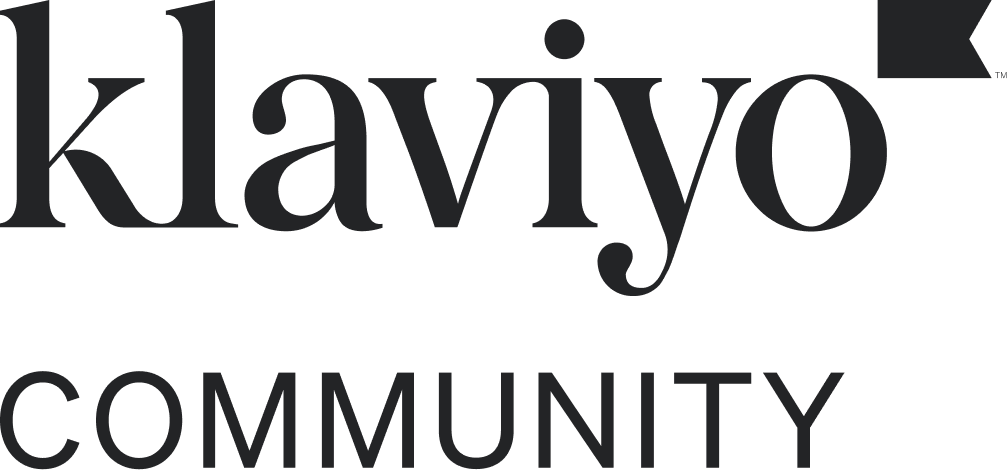Hi All,
I’m creating a custom flow for our website which is developed using Laravel. I have successfully created server side Track & Identity API for successful order and fulfilled order.
Now im trying to implement the track in frontend store, when i check the documentation its saying we can track if the user is COOKIED. What exactly cookied here stands for and how does the API track the users.
And i saw the JS API for item added to cart and started checkout, so what happens if the checkout is completed? how to pass the information to Klaviyo so that the checkout/added-to-cart item is removed/reset.
P.S : I’m following this URL : https://help.klaviyo.com/hc/en-us/articles/115005082927-Integrate-a-Custom-Ecommerce-Cart-or-Platform
Best answer by elisegaines
View original



![[Academy] Deliverability Certificate Badge](https://uploads-us-west-2.insided.com/klaviyo-en/attachment/505f2253-cde5-4365-98fd-9d894328b3e0_thumb.png)